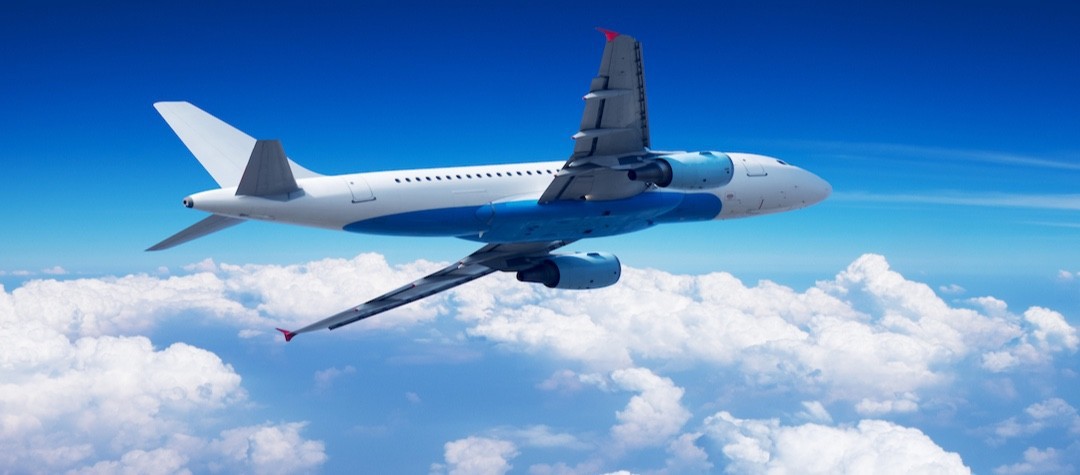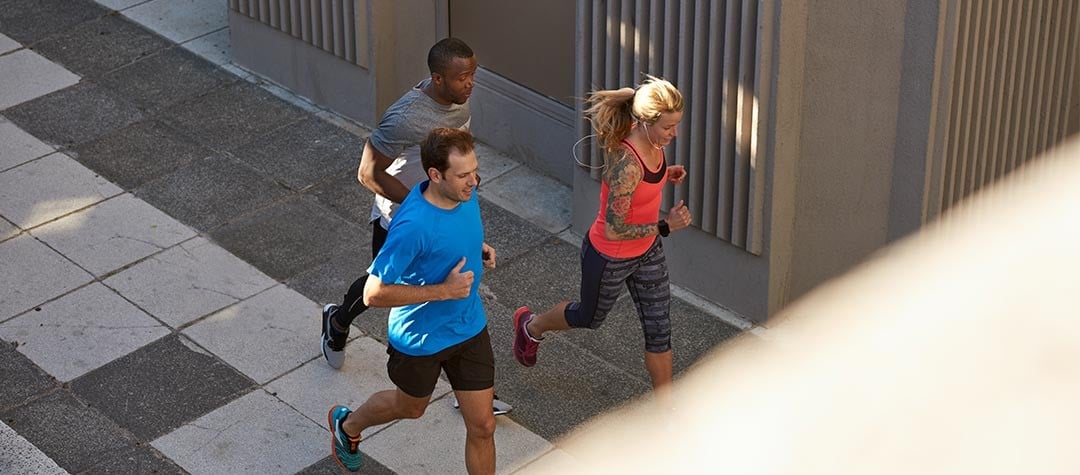It can be a real pain if you’re unsure of the health and safety aspects of travel, so for your and other passengers’ sake, read this guide to a safe flight.
Do not leave bags unattended
Unattended bags can be a source of a major security alert in an airport. The best advice is not to leave your bags unattended at any time, even if just for a short while. It will very likely be taken away, blown up, and then lead to you receiving a severe ticking off.
Do not store heavy articles overhead
Overhead storage may pose a risk to passengers in heavy turbulence, so should be stored on the floor, under the seat in front of you.
Pay attention to the pre-flight information
Although you may think you have heard all the information before, the locations of the closest emergency exits may be different depending on the aircraft that you fly on and seat you are in. You should also note the location of the oxygen masks in the unlikely event that the cabin should lose pressure.
Keep the seat belt buckled
Keeping the belt on provides extra protection in case of unexpected turbulence.
Listen to the flight attendants
The primary reason flight attendants are on an aircraft is for your safety. It is always best to do as you are told, such as fastening your seatbelt when requested.
Don't bring any dangerous materials
There are rather long lists of hazardous materials and dangerous items that are not allowed. Common sense should tell you what not to attempt to bring on board although a list is usually provided with your flight information.
Don't overdo the alcohol
Most incidences of air rage are alcohol-related and often put the safety of other passengers at risk. The atmosphere in an airliner cabin is pressurized so any alcohol will probably affect you more strongly.
Stay calm at all times
In the unlikely event of an emergency situation stay calm and follow the directions of the flight crew. Panic only induces panic in others, increasing the danger in a situation.
Avoid deep vein thrombosis (DVT)
This is a blood clot caused in the leg by inactivity such as sitting in the same position on a long haul flight. Although the risk is low, it can be reduced even further by exercising the legs at least once every hour during travel. Some doctors recommend taking aspirin before traveling because of its blood thinning effects, and the wearing of special flight socks.















